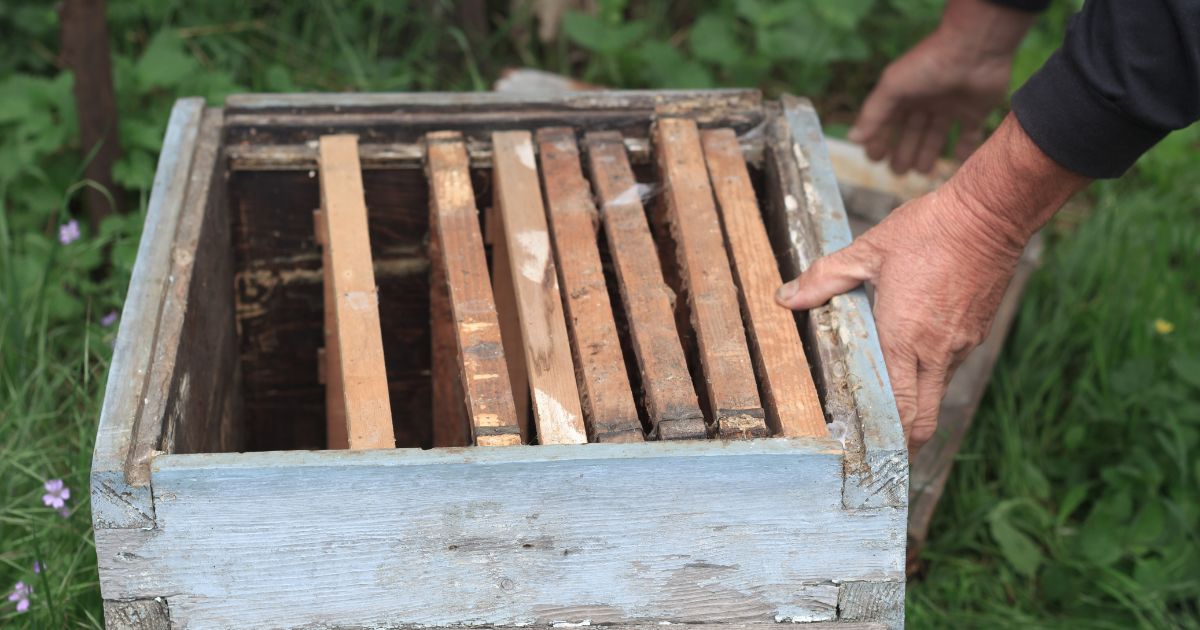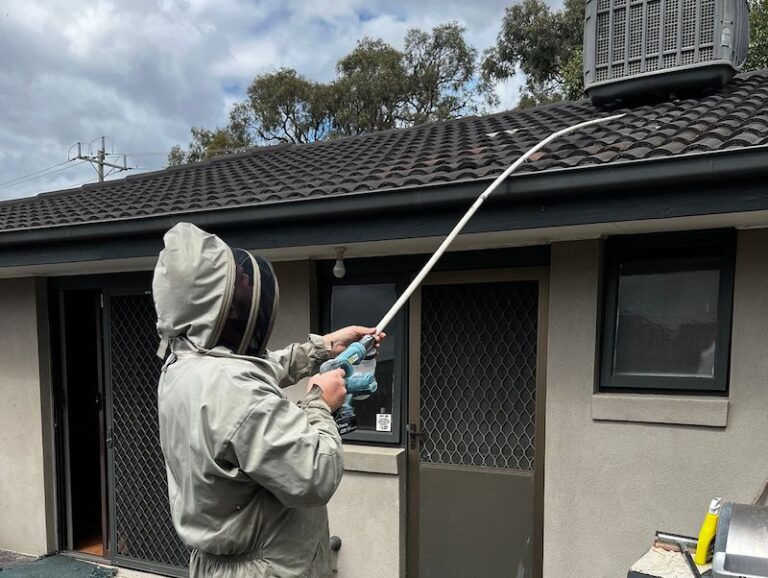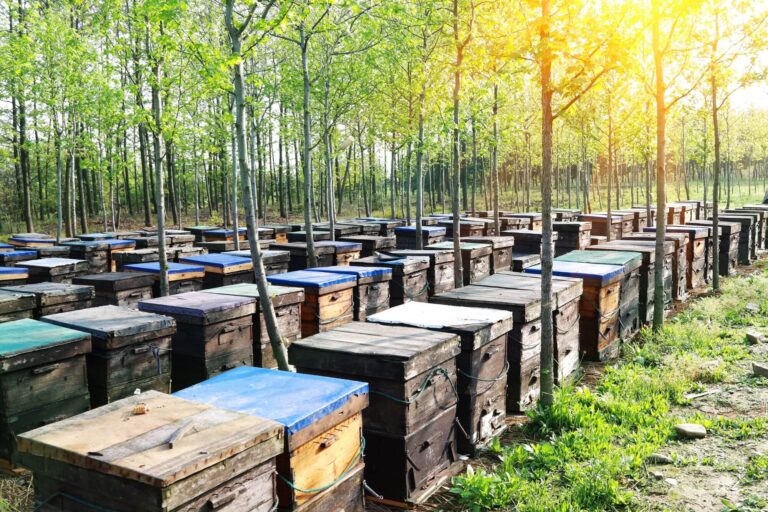How Do You Fix Colony Collapse Disorder?
Colony collapse disorder (CCD) is a bizarre and concerning phenomenon that involves most of the worker bees in a colony disappearing and leaving behind a queen, food and some nurse bees to care for any remaining young.

Although this issue has had other names (including disappearing disease, spring dwindle and May disease), it was renamed CCD in 2006 when a drastic rise in disappearances became evident, most prominently in America but also across Europe.
As bees pollinate about one-third of the plants that humans eat, their environmental service has been valued at a whopping $US168 billion per year worldwide, making CCD a frightening environmental and economic reality.
The causes of CCD include various environmental factors that affect bees foraging for food. This activity is demanding, and bees need to travel long distances to reach hard-to-find flowers.
To do this, bees need highly tuned senses, spatial awareness, learning and memory. Therefore, anything that impinges upon these skills will handicap the bee from feeding and therefore pollinating.
Bee populations are, therefore, very sensitive to what is known as “sublethal stressors” — factors that don’t kill the bees directly but can affect their behaviour. Some examples include pesticides, diesel fumes, climate change, pests and predators. So, as these stressors seem to be here to stay, it is time to act locally to help the bees avoid CCD outbreaks.
So, what can we do to help the bees in our local area and fend off the dreaded CCD?
The best thing that can be done to combat this issue is to become a beekeeper! By setting up your own hive or hives, you can introduce honey bees to your area and boost the population. Urban beekeeping—also known as hobby beekeeping or backyard beekeeping—is the practice of keeping bee colonies in urban areas.
This activity occurs in a variety of places from suburban backyards to the rooftops of inner-city restaurants. These operations can be as small as a single hive, are generally low-cost, and produce great results due to the hard work of the bees themselves. It’s an activity that is good for the environment and simultaneously yields honey for the keeper.
Kids can also get involved and learn about the ecosystem. There are so many benefits to this hobby, and who knows, it might turn into a small business venture or life-long passion!
However, to assist with CCD, beekeepers will need to practice ethical methods and processes. The natural beekeeper respects the needs of the colony over themselves. This holistic approach comes from an environmentalist perspective that honours these miraculous insects and seeks to provide the most positive domesticated life cycle.
In turn, this “api-centric” approach should be encouraged for all beekeepers who want to keep bees for reasons other than intensive honey production, and this method will surely produce happy bees and help the fight against CCD.
More specifically, there are some technical considerations that can help the bees in your hive. Some of these methods include: replacing the old comb with a new comb every couple of years to prevent the build-up of chemicals in old wax; avoiding stressing your bees by providing good ventilation and food when it’s scarce; monitoring Varroa mite (Not in Australia) in your colony and provide treatment if levels get out of control, and replacing equipment completely if the colony shows symptoms of CCD.
And finally, plant a bee-friendly garden. A bee-friendly garden will encourage bees to collect pollen and nectar from your own backyard. Creating these localised habitats makes a huge difference, not only to the life of bees, but also to the ecosystem at large.
It’s therefore important to know which plants will be most attractive to bees. Interestingly, they prefer blue, purple and yellow blossoms. Therefore, some popular additions to your bee-friendly garden could be lavender, oregano, sage, thyme, borage, sunflowers, hypericum and tree dahlia.
Native bees also require specific plants to thrive, with some good suggestions being cut leaf daisy, flowering gum, pincushion hakea, tea tree, purple coral pea, grevilia pink surprise, native rosemary and bottlebrush.
And finally, avoid the use of chemicals and pesticides in your garden and on your lawn. Overusing and misusing pesticides is one of the factors that scientists anticipate are harming honey bees and causing CCD outbreaks.
For this reason, it is vital to limit the use of these chemicals, or better still, go natural at home! Have a chat with your neighbours and friends and encourage them to do the same; spreading the word, and building a community of bee-lovers, is the best way to ensure these amazing and useful animals build up their numbers worldwide.


